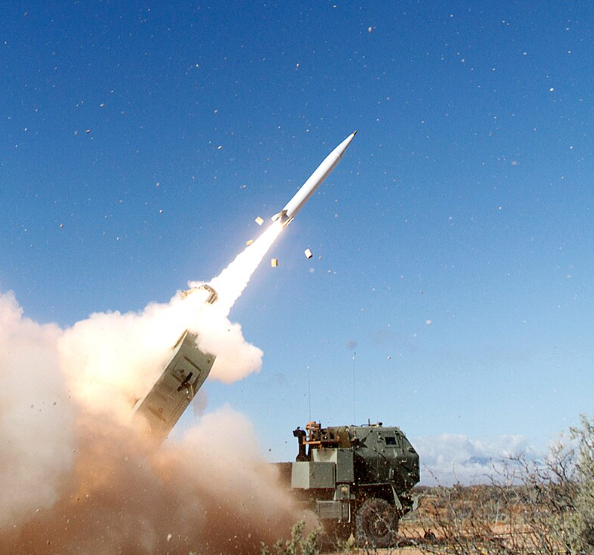
Can a $20,000 rocket change the trajectory of a war? In Ukraine, more and more, the answer is yes. As Russian troops evolve their tactics and send waves of drones, radar screens, and bunker positions, the defenders of Kyiv have embraced an American innovation that is redefining the rules of combat. The Advanced Precision Kill Weapon System (APKWS), a laser-guided version of the workhorse Hydra 70 rocket, has transitioned from a specialty weapon to a frontline favorite.
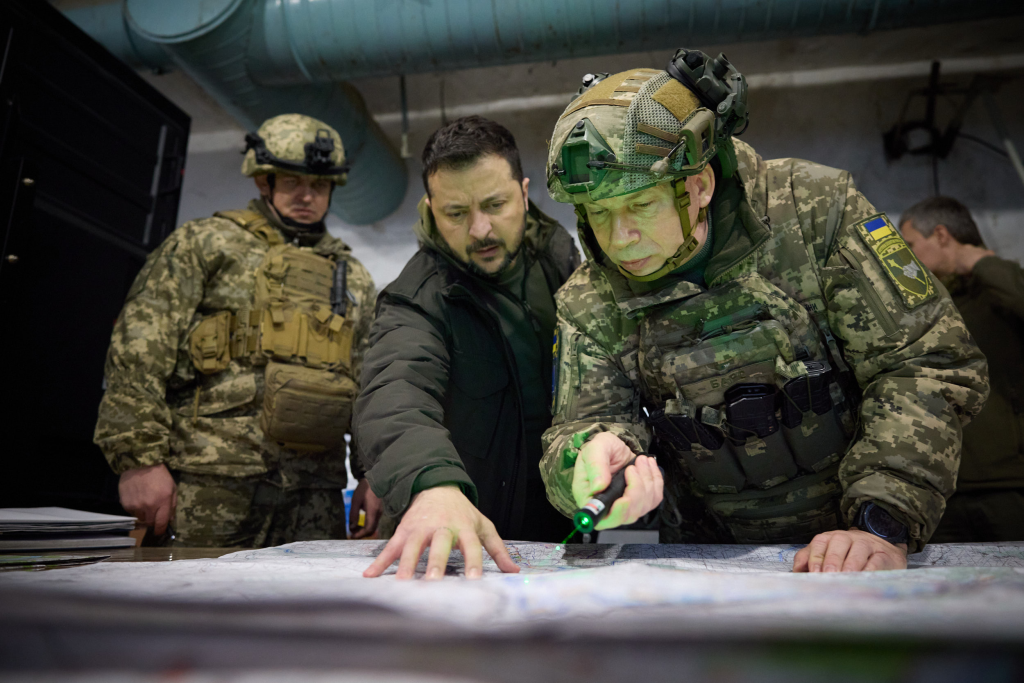
What started as an affordable means to upgrade unguided missiles into precision weapons is now becoming a multi-mission solution for air, ground, and sea combat. Recent combat videos and defense technology updates show a system that not only kills with precision but is also flexible for use across various platforms and missions. The below seven breakthroughs reveal how APKWS is revolutionizing Ukraine’s defense strategy and why its next versions will have international ramifications.
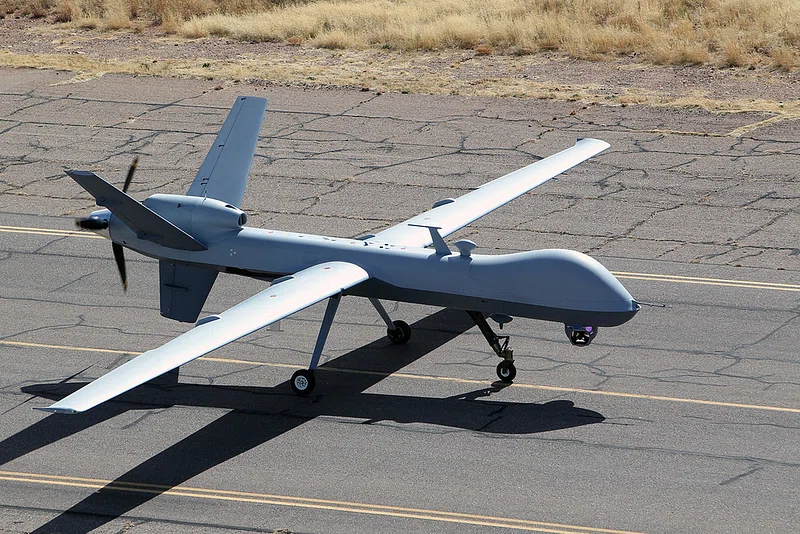
1. Pinpoint Attacks On High-Value Targets
Ukraine’s 37th Marine Brigade proved the APKWS in May 2023, striking Russian targets with stunning precision. One of the attacks on a tower-mounted radar sensor proved the system to attack small, high-value targets. “A tower presents a much smaller target than a building does,” Forbes’s David Axe explained, highlighting the precision provided by BAE Systems’ laser guidance kit. This ability enables Ukrainian forces to take out important components of Russia’s battlefield network without spending expensive long-range missiles.
APKWS is not a device by itself but rather a guidance unit that can be mounted on rockets such as the Hydra 70 Mk 66. Ranging as far as six miles, it allows launch platforms to stay well behind cover while forward spotters or unmanned aerial vehicles pinpoint targets. Such standoff accuracy is critical for hit-and-run operations, particularly in hostile areas where vulnerability is deadly.
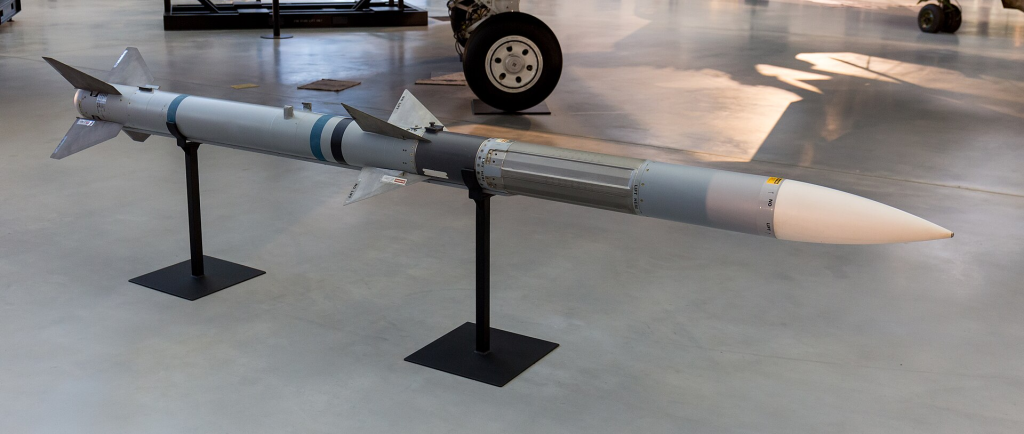
2. Cost-Effective Firepower
At a time when air-to-air missiles such as the AIM-120 AMRAAM cost in the neighborhood of $1 million per unit, the APKWS is the opposite. The cost of the laser guidance section is between $15,000 and $20,000, while the rocket motor and warhead add a few thousand. This presents a very favorable cost equation, one which would allow it to be economically viable to use against inexpensive threats like kamikaze drones, where employing high-end missiles would be fiscally unfeasible.
Its low cost has enabled Ukraine to purchase some 2,000 kitted-out rockets in the form of U.S. aid packages worth $60 million. The quantity ensures continuous operational capability, allowing forces to counter repeated drone and missile attacks without exhausting valuable munitions.
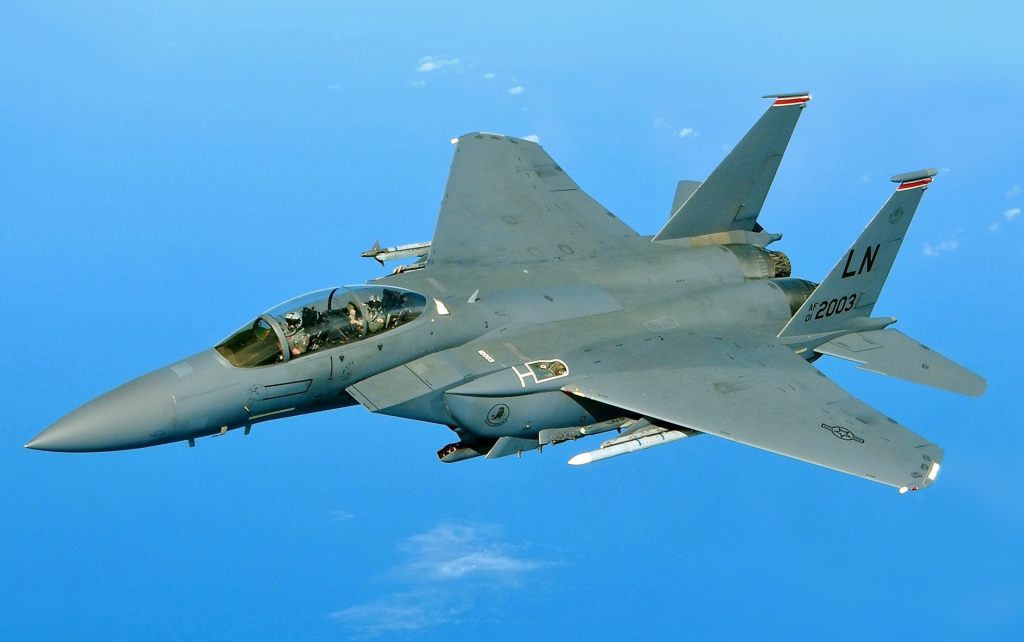
3. Increasing Roles Beyond Ground Targets
Initially developed for air-to-ground operations, the APKWS has been found effective for air-to-air operations, especially against drones and subsonic cruise missiles. F-15Es and F-16s of the U.S. Air Force have employed air-to-air optimized variants, which are termed as AGR-20F or FALCO, to counter threats in the Middle East. These rockets, with proximity-fuzed warheads and custom-designed guidance algorithms, perform best against stable, low-performing aerial targets.
This versatility extends to helicopters and even ground-based launchers, broadening the system’s utility. The ability to integrate APKWS into multiple platforms means Ukraine can deploy it wherever the tactical need arises from defending artillery against Lancet drones to clearing the skies of reconnaissance UAVs.
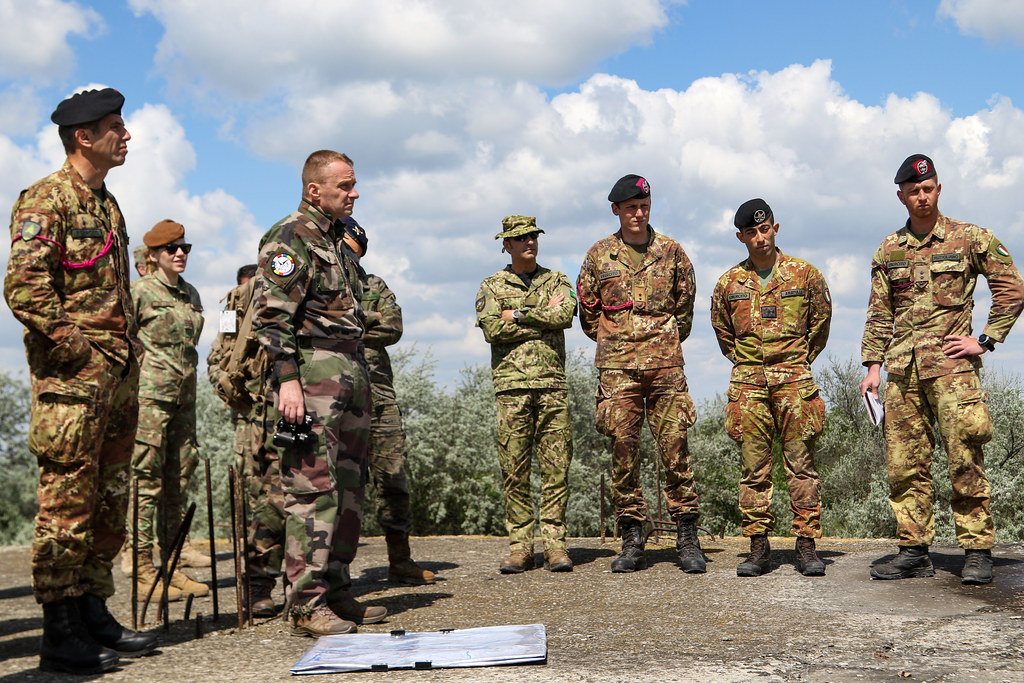
4. The Coming Dual-Mode Upgrade
BAE Systems is working on a dual-mode APKWS II that introduces an infrared seeker on top of the current laser guidance. This pseudo-fire-and-forget feature would enable operators to lase a target, shoot, and then immediately go to the next threat without needing constant illumination. As BAE’s Dave Smialek described it, “Lase, fire, next target, lase fire.”
The new design, with a mid-body warhead, should maintain lethality and gain engagement speed. Even if the dual-mode model is twice to triple the price of the existing model, it would still be much less expensive than the conventional missiles and would be an attractive upgrade for both Ukraine and NATO allies.
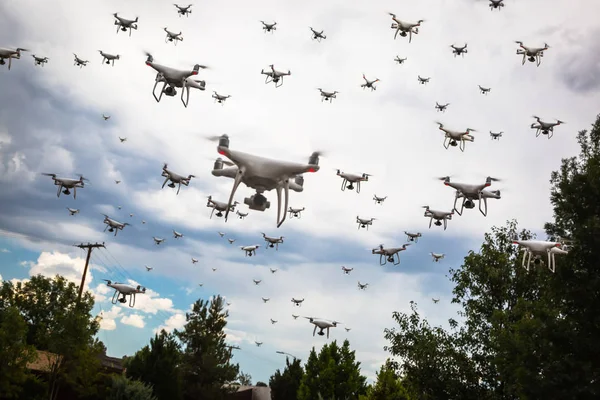
5. Defeating Drone Swarms
Drone warfare has evolved from sporadic strikes to massed swarming tactics. The APKWS’s seven-round magazines allow deep magazine capacity, allowing aircraft or ground vehicles to shoot down multiple drones in rapid succession. This is particularly valuable in countering systems such as Russia’s Lancet, which can saturate defenses by sheer numbers.
In US operations, the exchange of one missile with two rocket pods has tripled the number of engagements available per sortie. For Ukraine, this translates into more chances to disrupt the kill chain by taking out reconnaissance drones before they can guide strikes, lowering the effectiveness of Russia’s guided munitions.
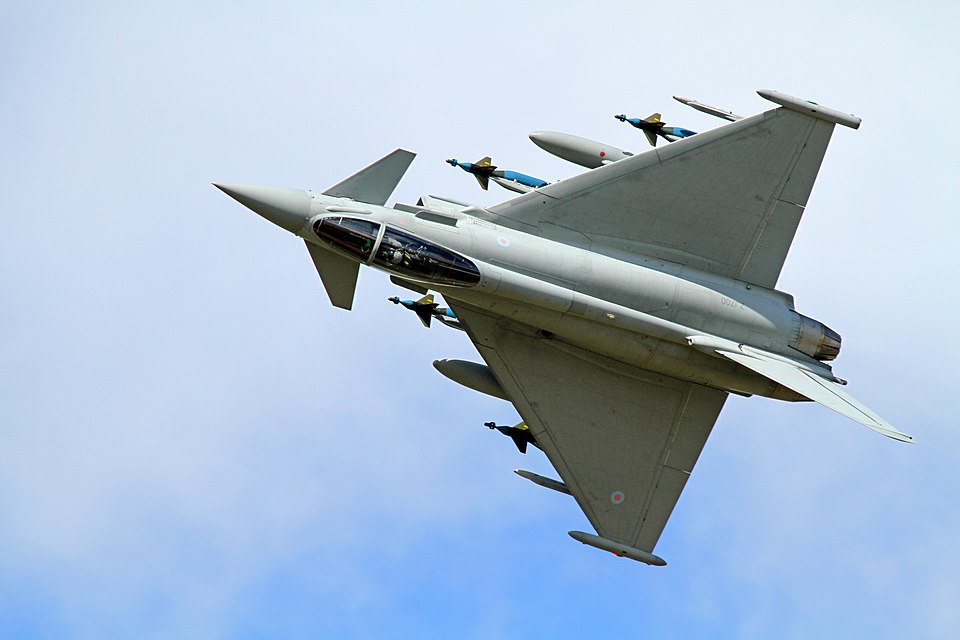
6. Integration with Advanced Platforms
Feasibility tests are in progress to mount APKWS on the Eurofighter Typhoon, coupling it with state-of-the-art AESA radar for more effective counter-uncrewed air system (C-UAS) missions. AESA’s capacity to detect low-signature threats at extended ranges would add to APKWS’s low-cost precision, making for a powerful combination for NATO air defenses.
Integration has already had success on U.S. fighter aircraft such as the F-15E Strike Eagle, which can be equipped with 42 rockets in addition to traditional missiles. Such capability converts these planes into ‘weapons trucks,’ with the ability to provide sustained fire against swarms of drones or cruise missiles.
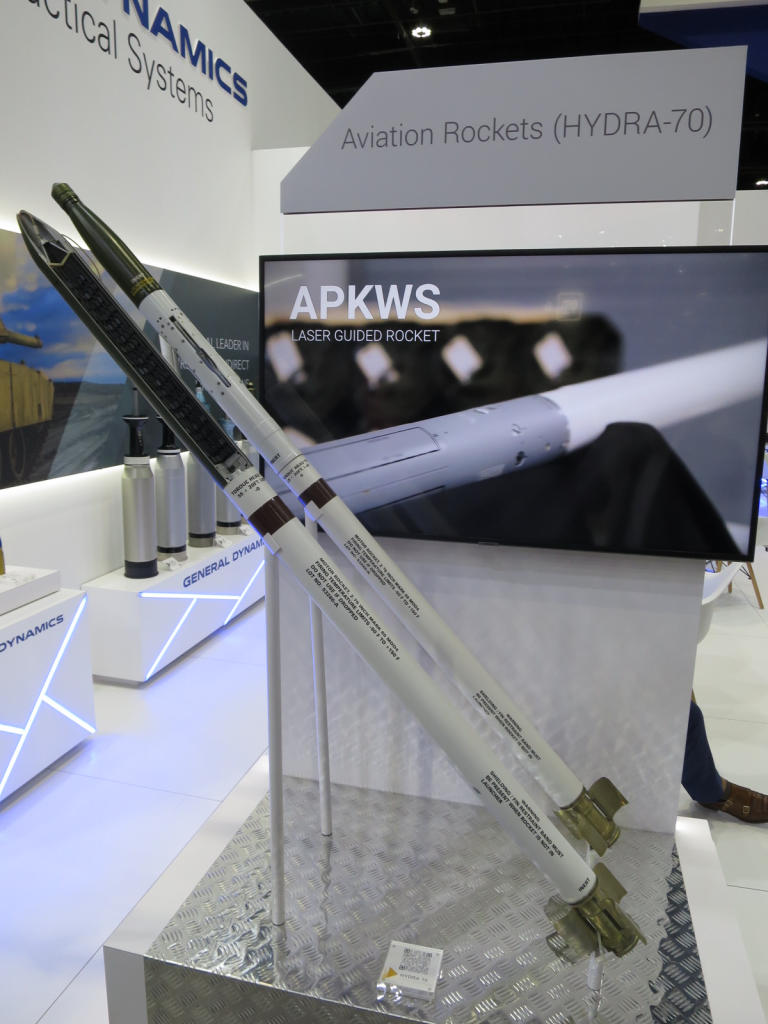
7. Ground-Based C-UAS Applications
Outside of aircraft, APKWS is being used in ground systems such as the VAMPIRE launcher provided to Ukraine. These platforms leverage the rocket’s accuracy to shoot down low-flying drones across open fields, delivering vehicle-independent, mobile air defense.
This versatility is essential to dispersed operations, enabling small formations to fend off themselves independent of centralized, high-value air defense capabilities. When drone threats become ubiquitous, such versatile systems will be essential to maintaining battlefield mobility and flexibility.
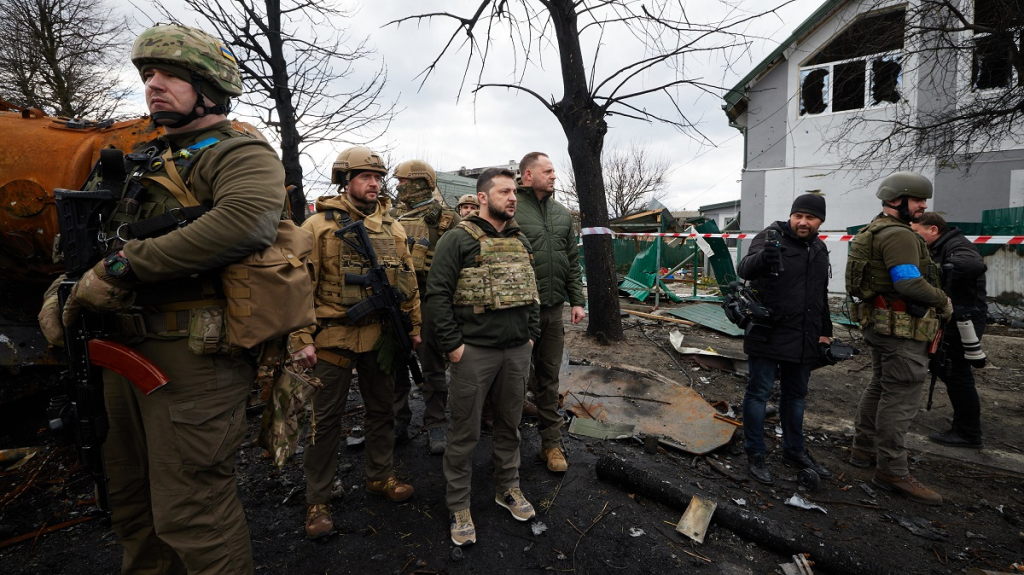
The APKWS’s transformation from a cost-effective precision upgrade to a multi-role, multi-platform weapon reflects a larger shift in contemporary warfare precision no longer belongs exclusively to costly, bespoke munitions. Through the union of affordability and flexibility, the system provides Ukraine and perhaps NATO a long-term solution to meet a variety of threats. As dual-mode guidance and wider integrations further roll out, its contribution is poised to expand, not only in Ukraine’s defense, but in how militaries around the globe deal with the issue of low-cost, high-volume air threats.

